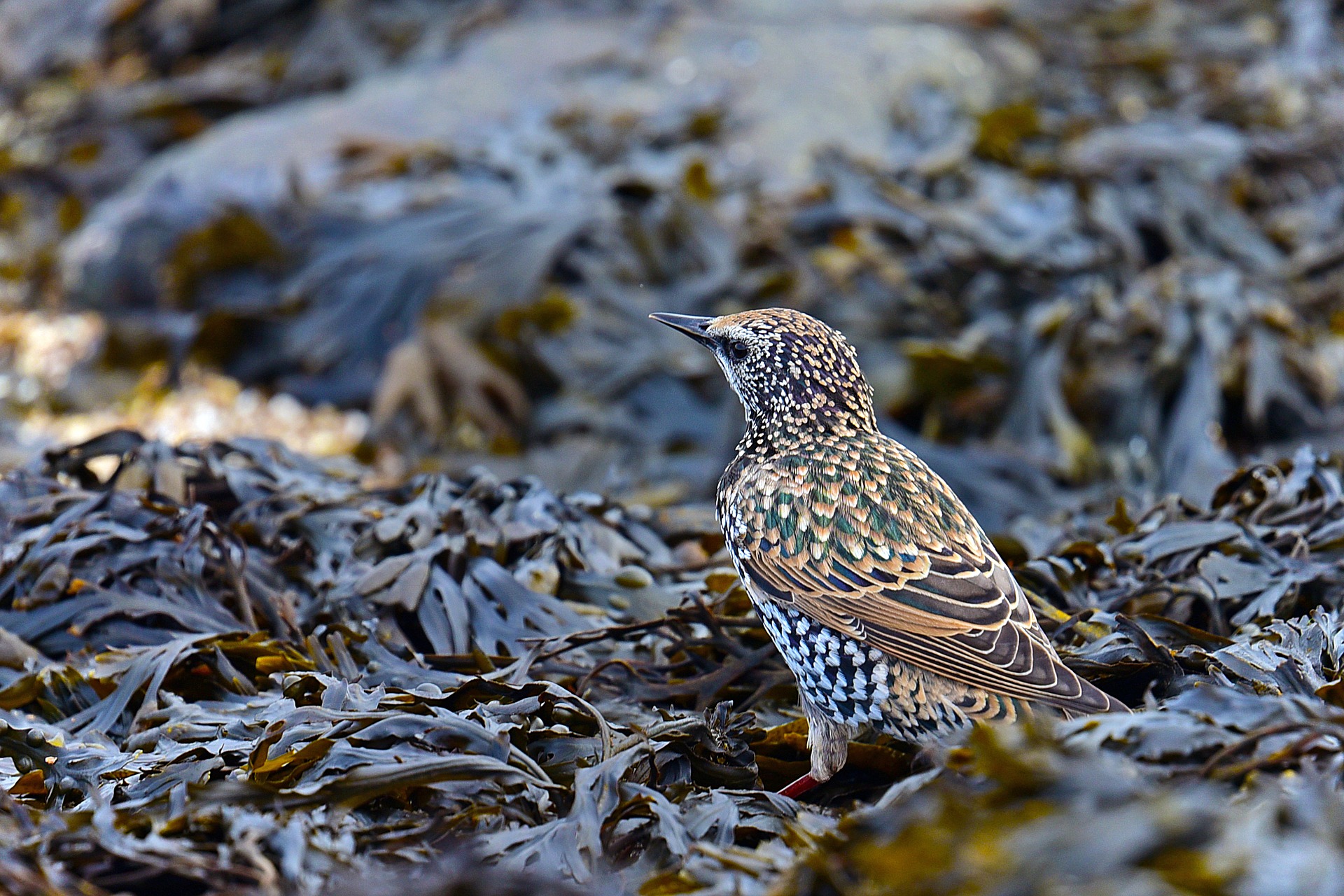
Fucus Vesiculosus, otherwise known as Bladderwrack, is a type of seaweed grown along the northern coasts of the Pacific and Atlantic. You’ll find this alien looking brown algae in Canada, the United States, and in the North and Baltic Seas. Maybe you’ve also heard Bladderwrack referred to as Sea Oak or Dyers Fucus.
Is it the most beautiful ingredient we’ve featured?Definitely not.
But Bladderwrack is chalked full of nutritional and functional benefits.
What is Bladderwrack for?
There are a myriad of uses for Bladderwrack. For centuries it’s been used as an aid for medical maladies and also as a “nutritional booster” to eastern cuisine.
Bladderwrack Popularity
Before this seaweed was harvested as a global health commodity, it was used in local cuisine. People who lived along the coast where it was grown would use it as a common ingredient, but they also used it as a medicinal aid.
Healthline goes into extensive detail concerning Bladderwrack’s anti-inflammatory, thyroid health, and skin health properties. For instance, its high antioxidant content (fucoidan), explains why Bladderwrack has wound healing and cosmetic anti-aging properties.
And because Bladderwrack contains phlorotannins and fucoxanthin, it has certain anti-aging and anti-inflammatory properties. Numerous studies have been centered around the health benefits of the seaweed, and it’s likely that more will be conducted in the future.
Quite a few CPG companies use seaweed in their products. We’re seeing more seaweed in soap, shampoos, and snacks.
The common uses of Bladderwrack probably haven’t hit their peak either. Due to high fiber content and nutritional versatility, it’s likely we’ll see more and more CPG companies implement Bladderwrack into their products.
